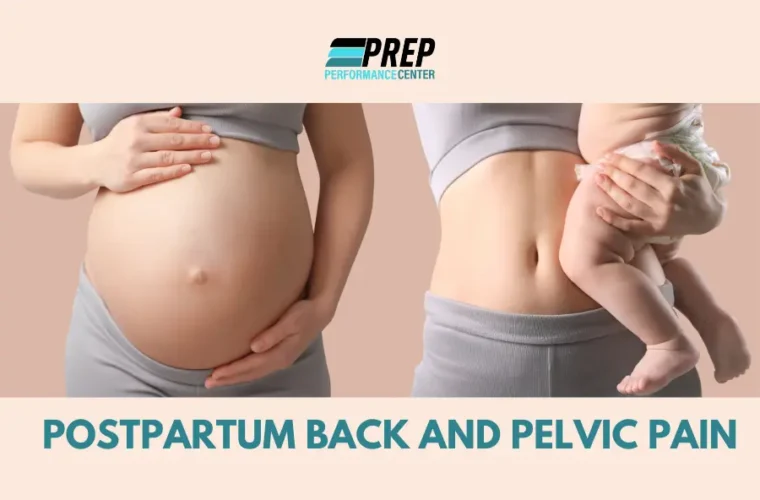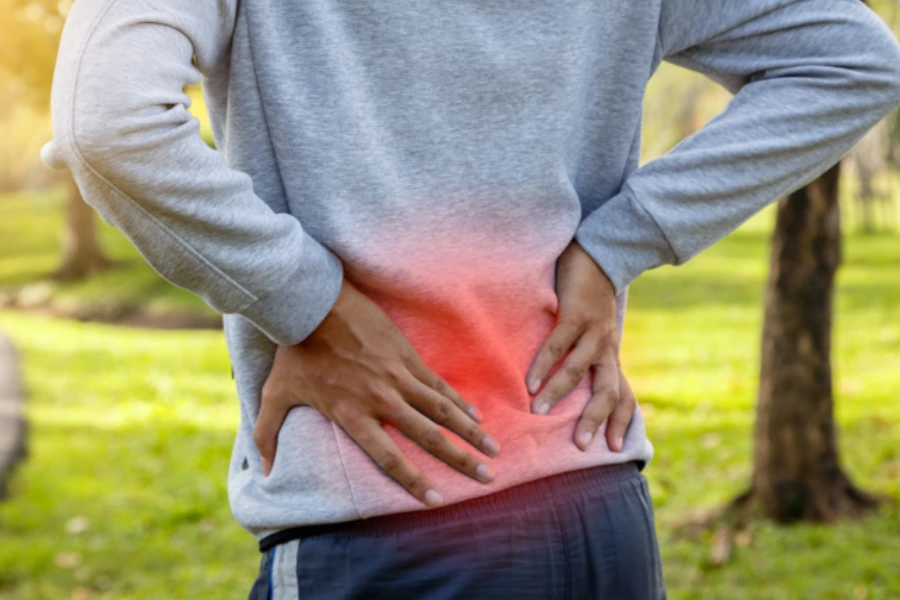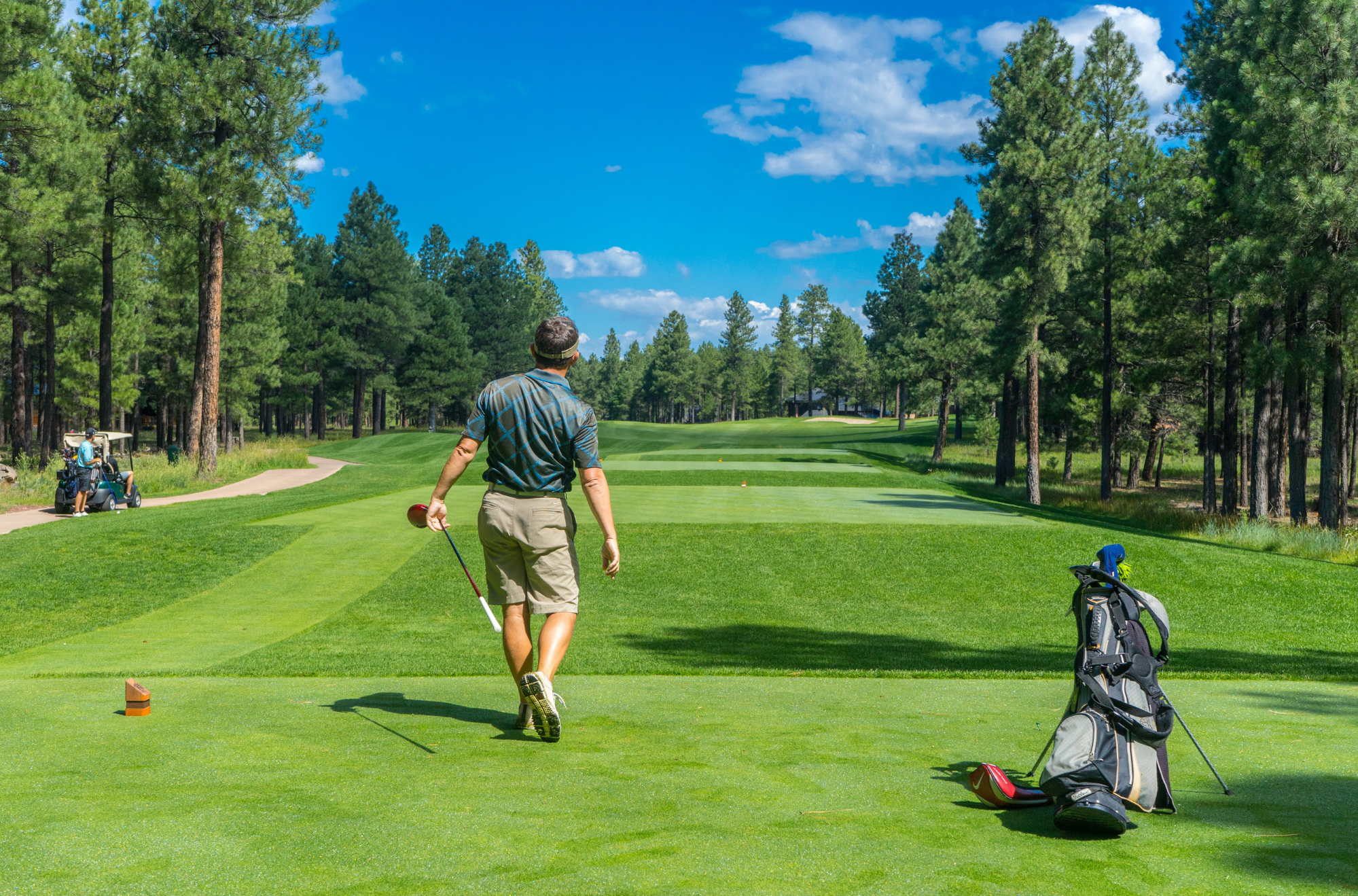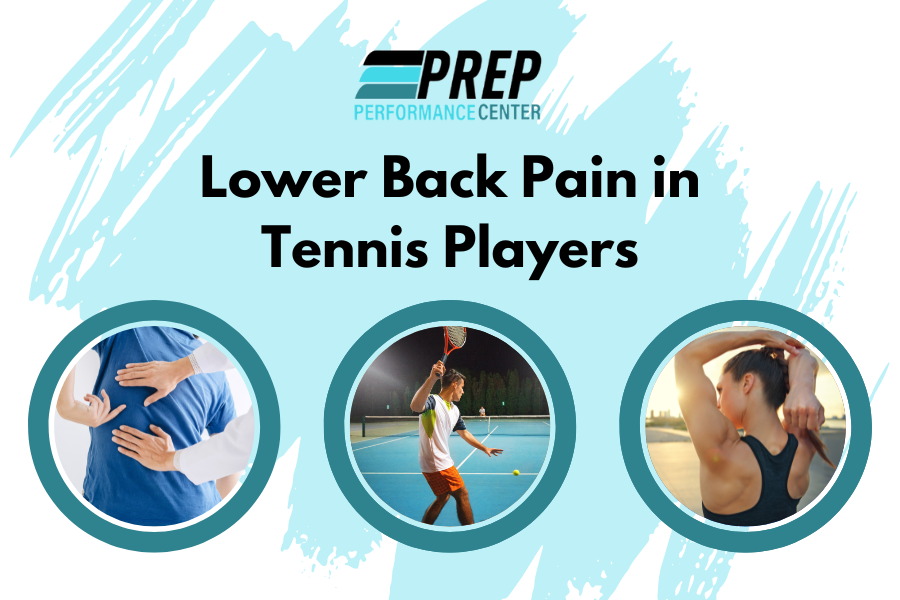Bringing a new life into the world is a wonderful experience, but it can also be complicated with physical difficulties, …


Bringing a new life into the world is a wonderful experience, but it can also be complicated with physical difficulties, …

Lower Back Muscles It can be extremely difficult to keep up with your favorite sports when you have a stiff …

Want to end lower back pain when playing golf? Lower back pain is a common problem for golfers, and we …

Can tennis cause lower back pain? Athletes push themselves to the limit to achieve great performance. This can cause issues …